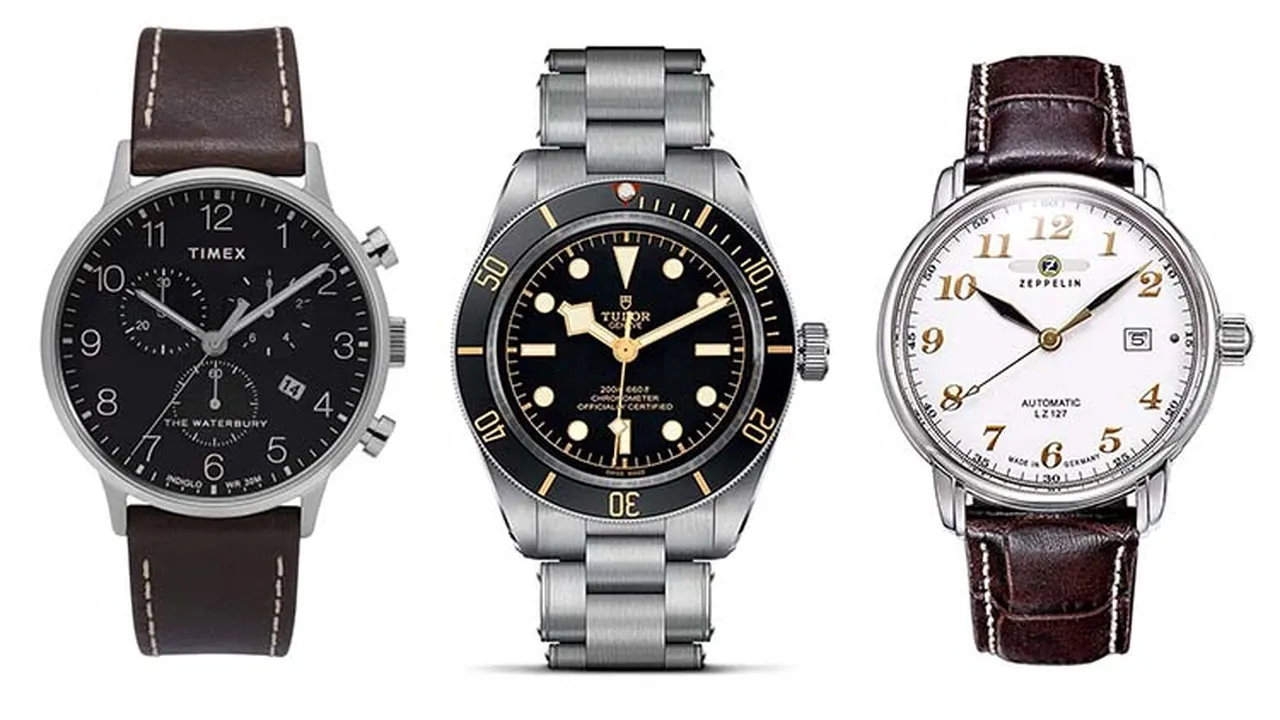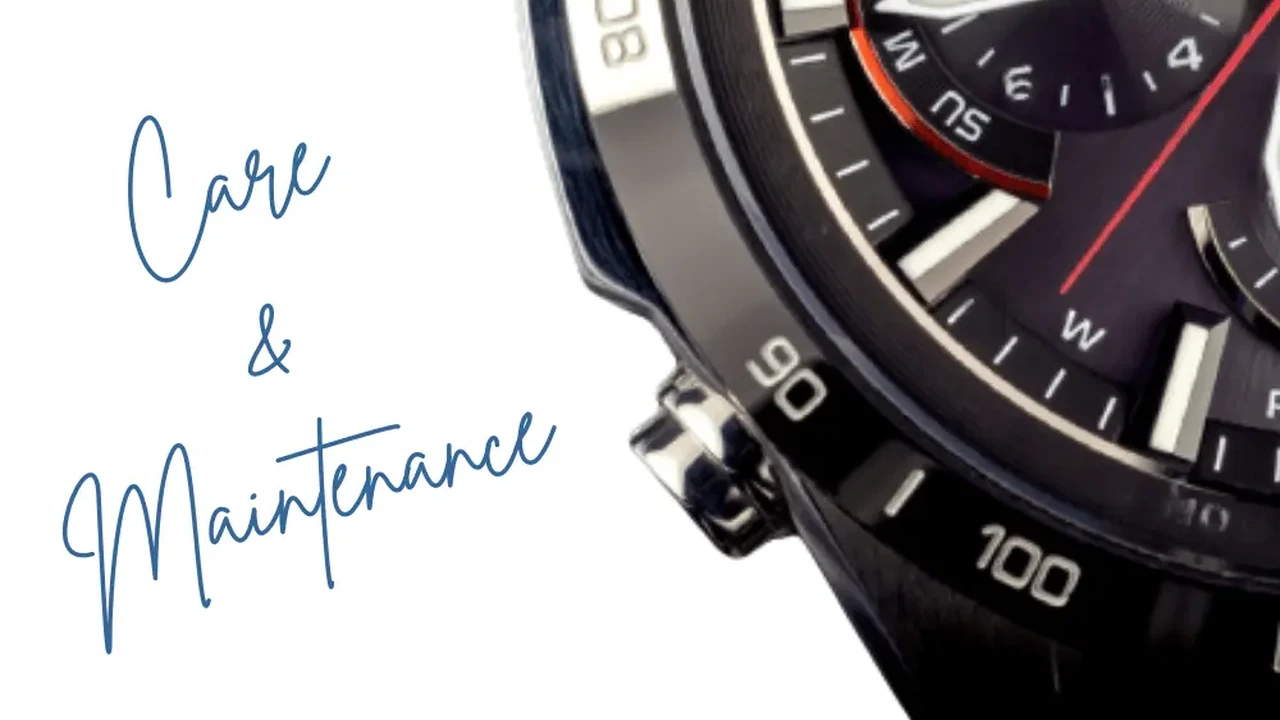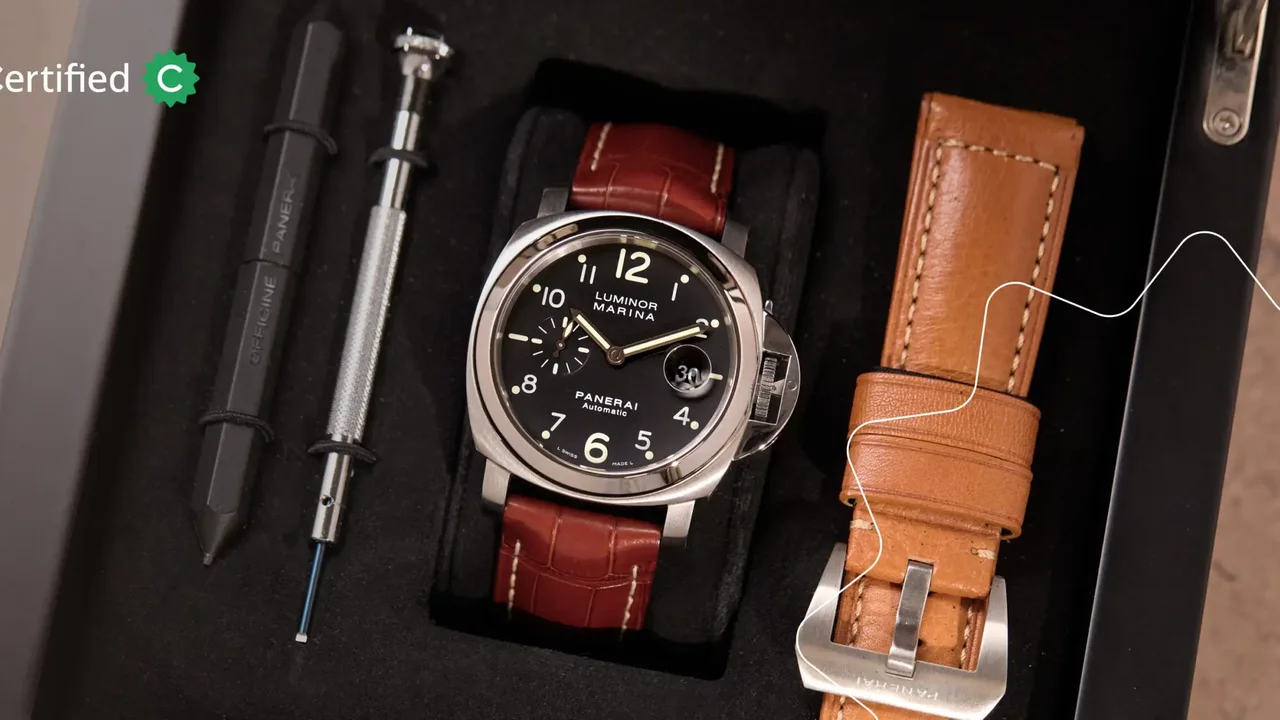Understanding Watch Movements: A Detailed Breakdown
Explore the intricacies of watch movements, including automatic, manual, and quartz. Understand the pros and cons of each type to choose the right one for you.

Introduction to Watch Movements: Powering Your Timepiece
So, you're getting into watches? Awesome! One of the first things you'll hear about is 'movement.' It's basically the engine of your watch, the thing that makes it tick (or sweep, depending!). Understanding the different types of movements is crucial for choosing the right watch for your needs and preferences. Let's break down the three main types: automatic, manual, and quartz.
Automatic Movements: Self-Winding Wonders
Automatic movements, also known as self-winding movements, are powered by the motion of your wrist. Inside the watch, a rotor swings back and forth as you move, winding the mainspring. This stored energy then powers the watch. Pretty cool, right?
How Automatic Movements Work
Think of it like a tiny, self-sufficient machine. The rotor is connected to a series of gears that wind the mainspring. As the mainspring tightens, it slowly releases its energy, turning the watch hands. The beauty of an automatic is that as long as you wear it regularly, it will keep running.
Pros of Automatic Watches:
- No Battery Needed: This is a big one for many people. You don't have to worry about replacing batteries.
- Smooth Sweeping Seconds Hand: Most automatic watches have a smooth, sweeping seconds hand, which is visually appealing and a hallmark of mechanical movements.
- Craftsmanship and History: Automatic movements are intricate and represent centuries of watchmaking tradition. They're often considered works of art.
- Collectibility: Many watch enthusiasts collect automatic watches, appreciating their complexity and history.
Cons of Automatic Watches:
- Accuracy: Automatic watches are generally less accurate than quartz watches. They can gain or lose a few seconds per day.
- Maintenance: Automatic watches require regular servicing (every few years) to keep them running smoothly.
- Price: Automatic watches tend to be more expensive than quartz watches due to their complex construction.
- Power Reserve: If you don't wear your automatic watch for a day or two, the power reserve will run out, and you'll need to wind it manually to get it started again.
Recommended Automatic Watches for Everyday Wear
Looking for a great automatic watch to start with? Here are a few suggestions:
Seiko 5 (Under $200)
The Seiko 5 is a classic entry-level automatic watch. It's durable, reliable, and affordable. It's perfect for everyday wear and comes in a variety of styles. Expect to pay around $100-$200.
Tissot PRX Powermatic 80 (Around $650)
The Tissot PRX Powermatic 80 offers Swiss-made quality and a sleek, integrated bracelet design. It features a Powermatic 80 movement with an impressive 80-hour power reserve. A great value for its price range.
Orient Bambino (Under $200)
The Orient Bambino is a dressier option with a classic design. It features an in-house automatic movement and a domed crystal, giving it a vintage feel. Very affordable and stylish.
Manual Movements: The Art of Hand-Winding
Manual movements, also called hand-wound movements, require you to wind the watch manually every day (or every other day, depending on the power reserve). This is done by turning the crown. It's a more hands-on experience than automatic watches.
How Manual Movements Work
When you wind the crown, you're tightening the mainspring. As the mainspring slowly unwinds, it powers the watch. Manual watches offer a direct connection between the wearer and the timepiece.
Pros of Manual Watches:
- Thin Profile: Manual movements tend to be thinner than automatic movements, allowing for slimmer watch designs.
- Direct Connection: Many watch enthusiasts enjoy the ritual of winding their watch every day. It creates a connection with the timepiece.
- Exhibition Casebacks: Manual watches often have exhibition casebacks, allowing you to see the intricate movement.
- Historical Significance: Manual movements represent the earliest form of mechanical watchmaking.
Cons of Manual Watches:
- Requires Daily Winding: You need to remember to wind your watch regularly, or it will stop running.
- Can Be Overwound: It's possible to overwind a manual watch, which can damage the movement (though many modern manual watches have mechanisms to prevent this).
- Accuracy: Similar to automatic watches, manual watches are generally less accurate than quartz watches.
Recommended Manual Watches for Watch Enthusiasts
If you appreciate the ritual of winding your watch, here are a few recommendations:
Hamilton Khaki Field Mechanical (Around $500)
The Hamilton Khaki Field Mechanical is a rugged and reliable manual-winding watch with a classic military-inspired design. It's a great everyday watch with a historical connection.
Stowa Partitio (Around $1200)
The Stowa Partitio is a German-made watch with a clean and minimalist design. It features a high-quality manual-winding movement and excellent craftsmanship.
Nomos Glashütte Tangente (Around $2000)
The Nomos Glashütte Tangente is a German-made watch with a Bauhaus-inspired design. It features an in-house manual-winding movement and is known for its precision and elegance.
Quartz Movements: Battery-Powered Precision
Quartz movements are powered by a battery and a quartz crystal. The battery sends an electrical signal to the quartz crystal, which vibrates at a precise frequency. These vibrations are then used to regulate the movement of the watch hands.
How Quartz Movements Work
Quartz movements are relatively simple in design and construction. They are highly accurate and require very little maintenance.
Pros of Quartz Watches:
- Accuracy: Quartz watches are the most accurate type of watch movement. They typically only lose or gain a few seconds per month.
- Affordability: Quartz watches are generally more affordable than automatic or manual watches.
- Low Maintenance: Quartz watches require very little maintenance. You only need to replace the battery every few years.
- Durability: Quartz movements are generally more durable than mechanical movements.
Cons of Quartz Watches:
- Battery Replacement: You need to replace the battery every few years.
- Lack of Craftsmanship: Some watch enthusiasts view quartz movements as less interesting or prestigious than mechanical movements.
- Step-by-Step Seconds Hand: Most quartz watches have a ticking (step-by-step) seconds hand, which some find less appealing than the smooth sweeping seconds hand of mechanical watches.
Recommended Quartz Watches for Practicality and Value
If you prioritize accuracy and affordability, here are a few excellent quartz watch options:
Casio G-Shock (Under $100)
The Casio G-Shock is known for its extreme durability and functionality. It's a perfect choice for outdoor activities and everyday wear. Highly affordable and virtually indestructible.
Timex Weekender (Under $50)
The Timex Weekender is a classic and versatile quartz watch with a simple design and a comfortable nylon strap. It's a great budget-friendly option for everyday wear.
Seiko Quartz Chronograph (Around $200)
Seiko offers a wide range of quartz chronographs with various features and designs. They provide excellent value for money and are known for their reliability.
Comparing Watch Movements: Automatic vs Manual vs Quartz
So, which movement is right for you? Here's a quick comparison:
- Accuracy: Quartz > Automatic/Manual
- Price: Quartz < automatic/manual
- Maintenance: Quartz < automatic/manual
- Craftsmanship: Automatic/Manual > Quartz
- User Engagement: Manual > Automatic > Quartz
Ultimately, the best movement depends on your individual needs and preferences. If you value accuracy and low maintenance, a quartz watch is a great choice. If you appreciate craftsmanship and the history of watchmaking, an automatic or manual watch might be more appealing.
Choosing the Right Watch Movement for Your Lifestyle
Consider your lifestyle when choosing a watch movement. If you're active and need a durable watch, a quartz watch like a G-Shock might be ideal. If you work in a professional setting and want a stylish and sophisticated timepiece, an automatic or manual dress watch could be a better fit.
Think about how often you plan to wear the watch. If you only wear a watch occasionally, a quartz watch might be more convenient since you won't have to worry about winding it. If you wear a watch every day, an automatic watch could be a great choice since it will stay wound as long as you wear it regularly.
Final Thoughts on Watch Movements
Understanding the different types of watch movements is essential for making an informed decision when buying a watch. Each type has its own unique advantages and disadvantages. Take the time to research and consider your needs and preferences before making a purchase. Happy watch hunting!
:max_bytes(150000):strip_icc()/277019-baked-pork-chops-with-cream-of-mushroom-soup-DDMFS-beauty-4x3-BG-7505-5762b731cf30447d9cbbbbbf387beafa.jpg)






